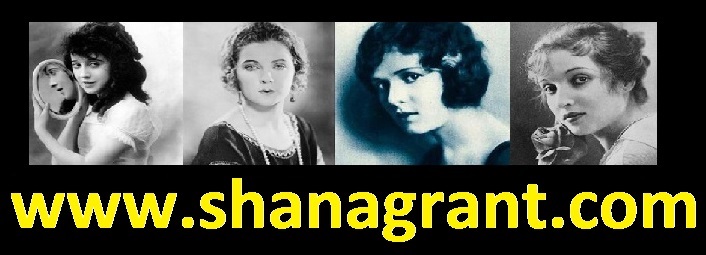Skylar Paige Skylar, Skyler
Porn Queen Actress Superstar

Skylar Paige |

Skylar Paige |
|
Movie Title Year Distributor Notes Rev Formats Anal Gang Bang 2001 Hollywood Video 1 O Big Clits Big Lips 3 2002 Channel 69 DRO Big Clits Big Lips 6 2003 Channel 69 Facial DRO Bushy Beavers 3 2003 Totally Tasteless Facial DO Coondog's Captive Chronicles 2 2001 B & D Pleasures NonSex Damn You're Hairy 5 2018 Rodnievision DO Dirty and Kinky Mature Women 34 2001 Channel 69 Facial 1 DRO Dirty And Kinky Mature Women 36 2002 Channel 69 DPP DRO Emerald Straps It On 3 2001 Totally Tasteless LezOnly DRO Follow the Yellow Old Stream 3 2006 Filmco Releasing Pee DO Follow the Yellow Old Stream 4 2006 Filmco Releasing DO Footin' on the Fritz 2001 Fems Inc Girls Next Door 8 2000 Annäka Anal Facial 1 Granny's Hairy Pussy 2007 Filmco Releasing DO Hairy Holes 2002 Gentlemen's Video Anal Facial DRO Hairy Honies 14 2001 Channel 69 Facial DRO Hairy Hookers 5 2009 Totally Tasteless DO Hard To Swallow 12 2001 X-traordinary BJOnly Facial 1 Horny Hairy Girls 3 2001 Odyssey Facial 1 DRO Horny Hairy Girls 4 2001 Odyssey BJOnly Facial 1 DRO Horny Hairy Girls 7 2002 Odyssey BJOnly Facial 1 DRO I Swallow 18 2001 Odyssey Facial Swallow 1 Kinky Housewives 2005 Filmco Releasing DRO Lesbian Mature Women 5 2000 Channel 69 LezOnly DRO Lessons In Cum 1 2002 Jet Multimedia Anal Facial Swallow DO Mature and Horny 2005 Niche Films DO Mature Hairy Gang 2004 Filmco Releasing Facial DRO Mature Kink 10 2001 X-traordinary Facial 1 DO Mature Nymphos 2005 Freaky Flix DO MILTF Gone Anal 1 2004 Filmco Releasing DRO Mondo Extreme 31: Me Myself and I 2001 Shooting Star Video MastOnly DO Mondo Extreme 36: Geyser Gash 2001 Shooting Star Video DRO Muff Madness 3 2006 Filmco Releasing DRO Muffmania 8 2002 Totally Tasteless Facial 1 DO My Friends Slutty Mom 2008 No Limits Productions DO My Hairy Pussy 5 2005 Filmco Releasing DRO Natural Freaks 2002 Caballero Home Video Facial Swallow DO Oh My Gush 12 2002 Odyssey Oh My Gush 7 2000 Odyssey Facial Squirt 1 DO Oh My Gush 8 2001 Odyssey DO Oh My Gush 9 2001 Odyssey Facial 1 DO Old Cocksuckers 5 2009 Totally Tasteless DO Older And Anal 9 2002 Filmco Releasing 1 DO Older and Hairy 3 2006 Filmco Releasing DRO Pee Woman Unchained 2000 Filmco Releasing Pee 1 DO Peeing Contest 3 2000 Filmco Releasing 1 DRO Peeing Party 2000 Filmco Releasing Pee 1 O Pissing Beauties 4 2006 Filmco Releasing Pee DRO Pissing Cousins 2000 Filmco Releasing LezOnly Pee DO Pretty Anal Ladies 12 2000 Annäka Anal Facial Pee Pussy Shooters 4 2006 Totally Tasteless DO Real Deal 9 2001 Filmco Releasing Facial DO Rubee Tuesday's Double Penetration Association 1 2001 Shooting Star Video Anal DP Squirt O Screw My Wife Please 13 (And Do Her Doggy Style) 2000 Wildlife Facial 1 DRO She Swallows 9 2002 Filmco Releasing DRO Squirting Yellow 4 2005 Filmco Releasing LezOnly Pee DO Teenage Confessions 2 2002 Odyssey Tinkling Tinkerbabes 1 2005 Niche Films Totally Natural 2 2006 Totally Tasteless Facial
|
www.shanagrant.com

Shauna Grant The Last Porn Queen |

|

|

|

|

|